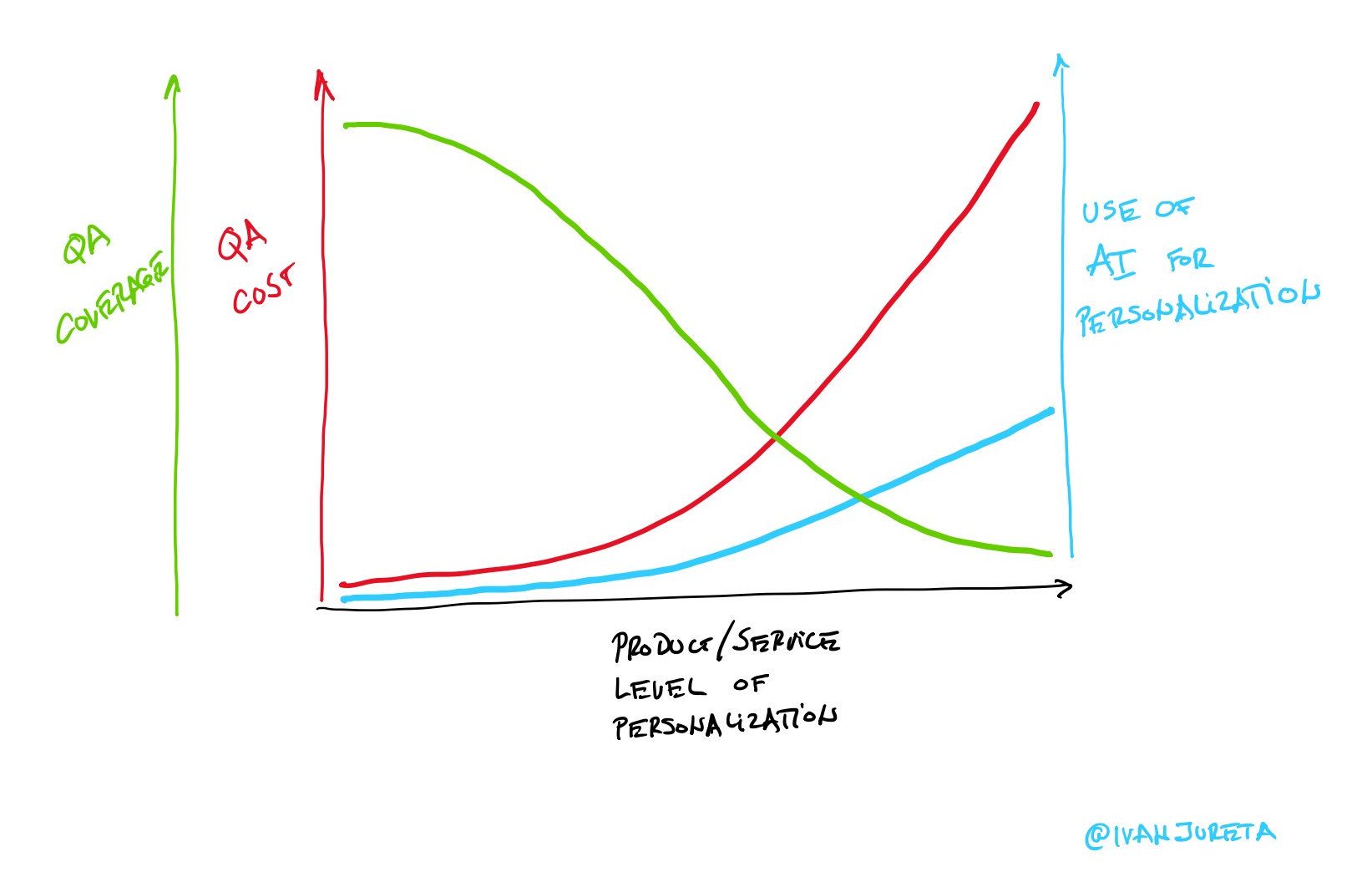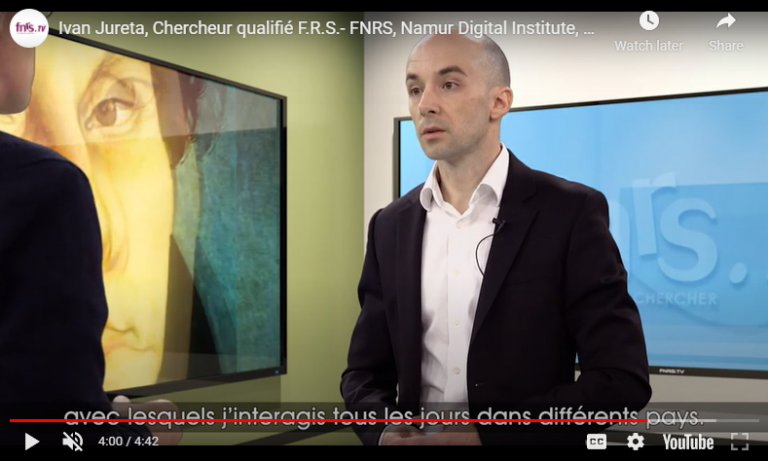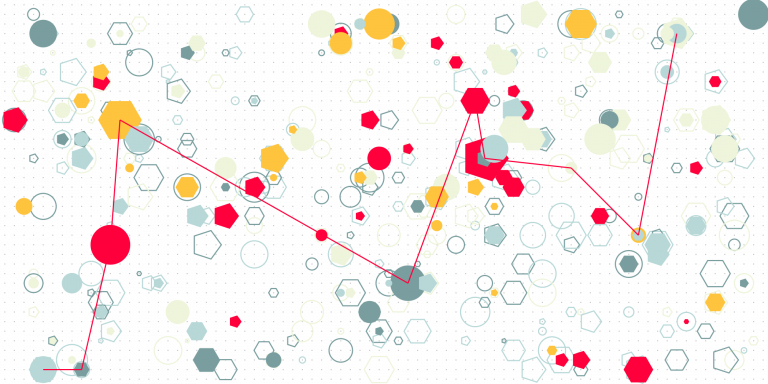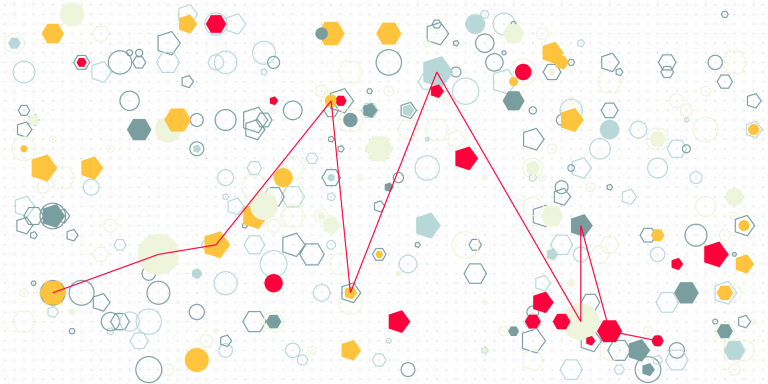Quality Assurance for AI: An Inevitable Tradeoff


How do you ensure #quality of a #service which uses #AI for #personalization? #QA in that case is all about risk management. pic.twitter.com/IdKcY5noBL
— ivanjureta (@ivanjureta) January 31, 2018

This short interview on my research on decision making and use of it in companies, was done in 2018 with fnrs.tv, part of the Belgian Fonds de la Recherche Scientifique – FNRS, in Brussels. Each of my first two academic books led to the founding of a spin-off; see the books here.

Just like l’art pour l’art, or art for the sake of art was the bohemian creed in the 19th century, it looks like there’s an “AI for the sake of AI” creed now when building general-purpose AI systems based on Large Language Models. Let’s say that the aim for a sustainable business are happy, paying,…

Let’s start with the optimistic “yes”, and see if it remains acceptable. Before we get carried away, a few reminders. For an LLM to be a source of competitive advantage, it needs to be a resource that enables products or services of a firm “to perform at a higher level than others in the same…
The work on Techne (here) can be seen as a case study in developing a new business analysis and requirements engineering mehods. I gave a general talk on this topic in 2013, at the Sauder School of Business, at the University of British Columbia, in Vancouver. The presentation used at the talk is below.

There is no single definition of the term “evidence”, and trying to make one isn’t the purpose of this text. But there are ways of telling if something might be evidence, and knowing when it clearly isn’t. Such knowledge helps you develop a taste, so to speak, in evidence. Isn’t that valuable, given how frequently you may be giving evidence to support your ideas, and how frequently others do the same to you?